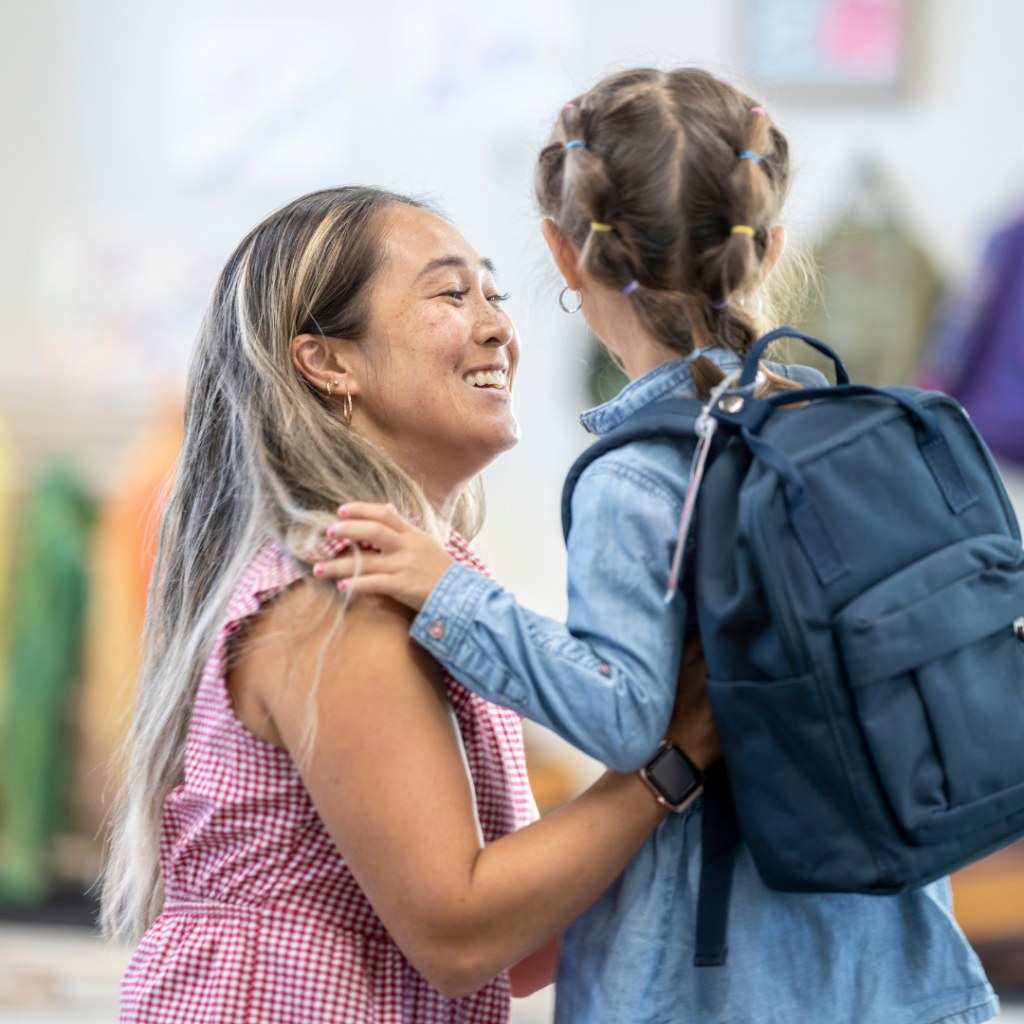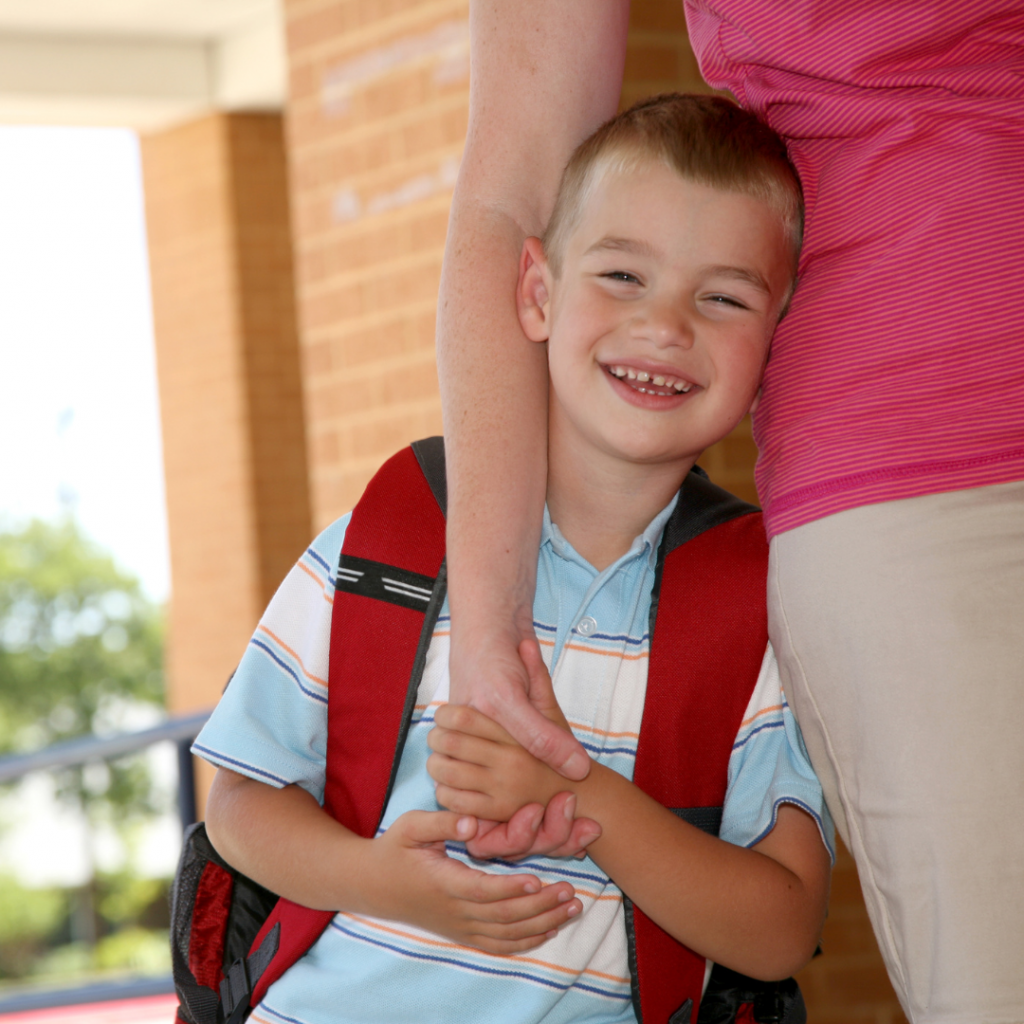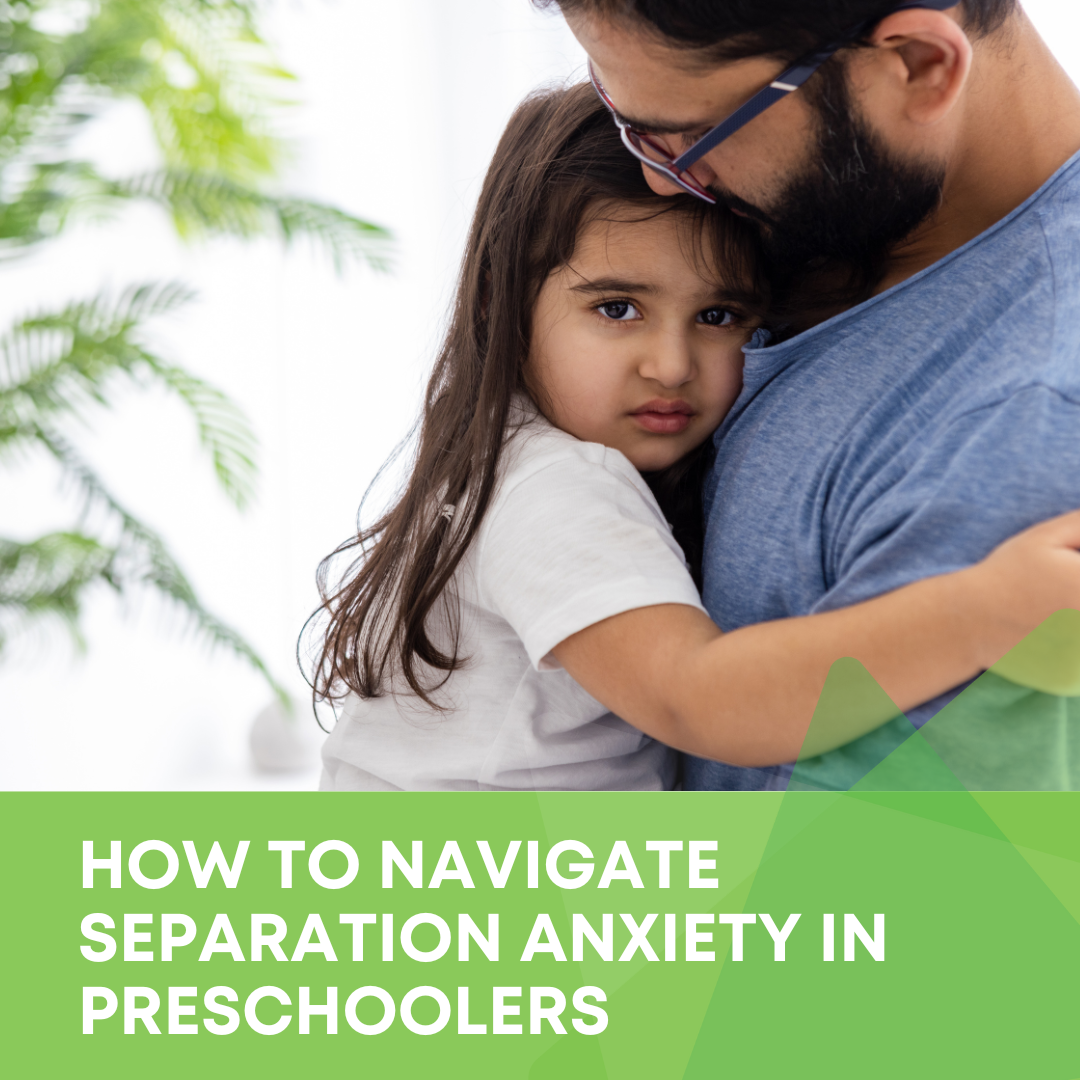In the early years of childhood, Separation Anxiety can cast a shadow on what should be a routine and joyful experience – the kinder or childcare drop-off. This natural phase of emotional development, usually occurring in children under the age of five, can be challenging for both parents and children alike. Understanding separation anxiety and learning effective coping strategies can make this transition smoother for everyone involved.
What is Separation Anxiety?
Separation anxiety is an emotional response triggered by the separation from a primary caregiver, often accompanied by fear of abandonment.
Separation anxiety is a normal part of a child’s development and typically starts at about six to eight months of age and lasts until about two and a half to four years of age.
Recognising Separation Anxiety during Drop-Offs:
The kinder or childcare drop-off can intensify separation anxiety due to the unfamiliar environment. Symptoms may include tearfulness, clinginess, tantrums, or physical complaints like stomach-aches. It’s important for parents to distinguish between typical separation anxiety and signs of a more serious issue.
7 Coping Strategies for Parents:

1. Establish a Consistent Routine:
Children thrive on predictability. Create a drop-off routine that includes a special goodbye ritual, providing a sense of security and familiarity.
2. Open Communication:
Talk to your child about their day ahead, highlighting the exciting and positive aspects of school. Encourage them to share their feelings and concerns.
3. Transitional Objects:
For children under the age of three, allow them to bring a comfort item from home, like a favourite toy or blanket. For children older than three years, especially in a kindergarten setting, we often suggest alternatives such as a family photo or a beloved book. These options are more practical in larger groups of children and still serve as a comforting presence during the separation.
4. Brief Goodbyes:
Keep farewells short and sweet. Lingering may increase anxiety, so make your departure swift and confident. Assure your child that you will return.
5. Build Trust:
Consistently follow through on promises to return. This builds trust and helps your child understand that separations are temporary.
6. Stay Calm and Positive:
Children often pick up on their parents’ emotions. Stay calm, composed, and project a positive attitude. Your reassurance is a powerful antidote to their anxiety.
7. Connect with Teachers or Educators:
Establishing a strong partnership with educators or kinder teachers fosters a supportive environment. They can provide insights into your child’s behaviour and offer additional support during the transition.

By understanding the nature of separation anxiety and implementing these coping strategies, parents can empower their children to navigate the kinder / childcare drop-off with confidence. Remember, patience and consistency are key as you guide your child through this important developmental milestone.
If you’re worried about your child separation anxiety, consider seeking professional help.
Find out more about Separation Anxiety and Separation Anxiety Disorder (SAD) on the following links:
http://Separation anxiety – Early Childhood Australia or http://Separation anxiety in children | Raising Children Network
Interested in similar content? Check out our related articles:


